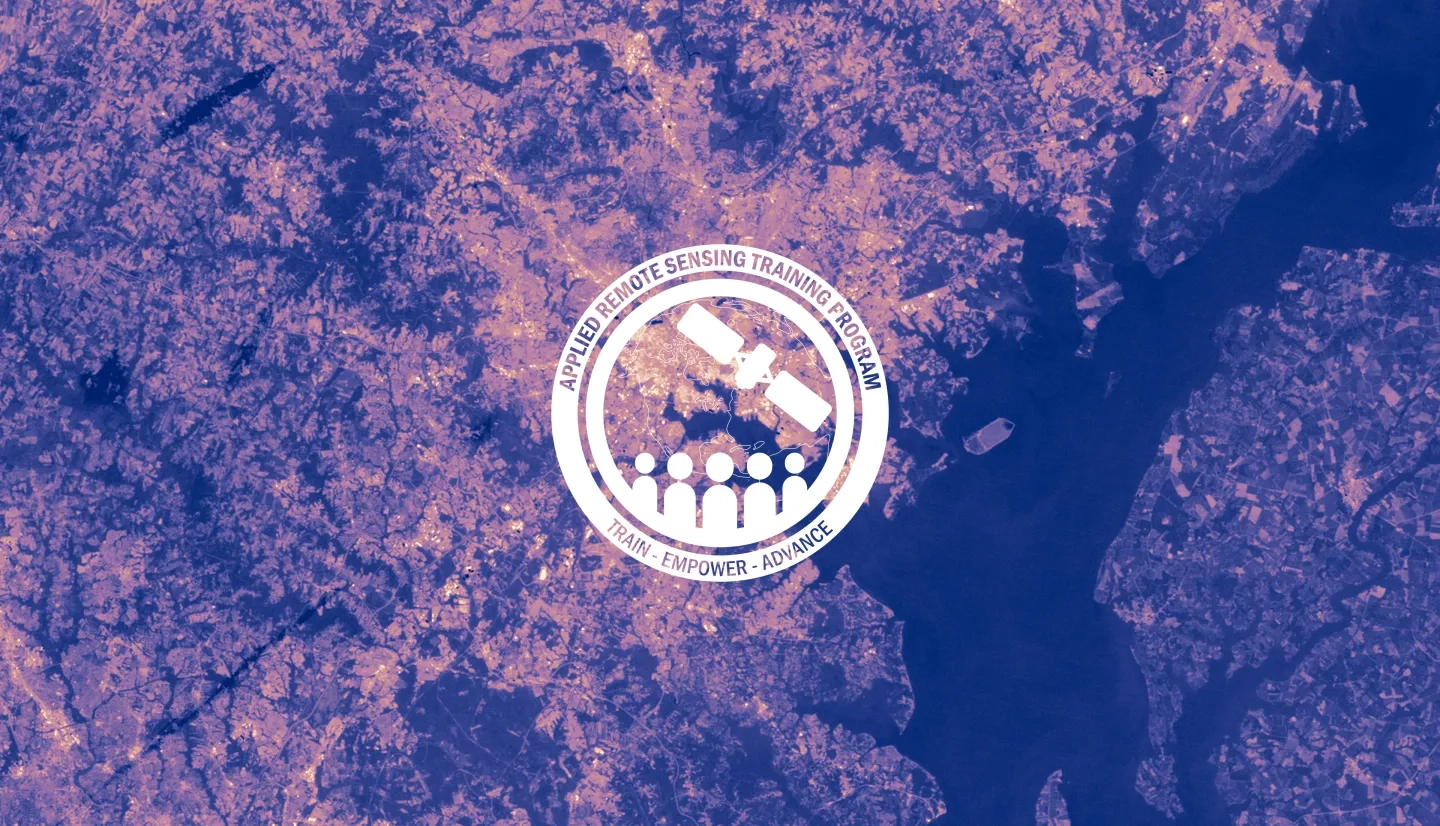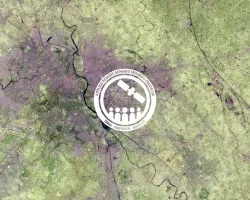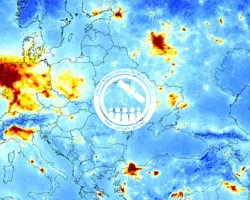Description
The rapid growth of urban populations, the urban heat island (UHI) effect, and a potential increase in the frequency and duration of heat waves due to climate change, raise a series of issues about the increased health risks of sensitive urban populations to extreme heat and the effective means of mitigating impacts of heat waves. According to the US EPA, urban heat islands affect energy consumption, elevate greenhouse gas emissions, and impair water quality by increasing the temperature of urban water runoff. This will be ARSET's first training on UHI and will be in collaboration with the National Integrated Heat Health Information System (NIHHIS) and the Global Heat Health Information Network (GHHIN).
This training will address the use of remote sensing in determining where "hot spots" of land surface temperature are located in urban areas, why these areas are experiencing increased temperature, which populations are most vulnerable, and ways to mitigate the effects through adaptive land use planning.
If you wish to follow along with the demonstrations associated with this training, please complete the following:
By the end of this training, participants will be able to:
- Define what an urban heat island (UHI) is and why it matters to urban planners and public health experts
- Identify which satellites and sensors can be used for assessing UHI
- Give examples of populations that are especially susceptible to heat stress
- Summarize the limitations of satellite data for understanding UHI
- Recognize new methods that incorporate conventional satellite remote sensing data and in situ observations of temperature and humidity from community science and urban field campaigns
- List what landscape features help to explain variations in urban heat islands
- Compute land surface temperature from Landsat 4, 5, 7, and 8 within Google Earth Engine
Community, municipal, city, state, federal, and private institutions involved in urban planning, health care, energy supply and demand management, and climate mitigation.
- Three 90-minute sessions
Presenters: Sean McCartney & Amita Mehta
- Overview of ARSET
- Background on UHI
- Satellites & sensors for monitoring UHI
- Limitations of satellite data
- Demonstration of converting Landsat 4-8 thermal data to LST
- Q&A Session
Materials:
Materiales en Español:
Presenter: Vivek Shandas
- Review previous session and introduce guest speaker
- Background with case studies integrating in situ observations with satellite imagery in select US cities
- Q&A Session
Materials:
Materiales en Español:
Presenters: George Xian, Kevin Gallo, NASA DEVELOP Team
- Review previous sessions and introduce guest speakers
- USGS/NOAA case studies using Landsat ARD-LST to assess UHI in select US cities and diurnal effects of UHI using GOES LST with land cover
- DEVELOP case study of UHI and land cover in Huntsville, AL
- Q&A Session
Materials:
- Presentation Slides (Kevin Gallo)
- Presentation Slides (NASA DEVELOP)
- Presentation Slides (George Xian)
- Q&A Transcript
Materiales en Español:
- Diapositivas de la Presentación (Kevin Gallo)
- Diapositivas de la Presentación (NASA DEVELOP)
- Diapositivas de la Presentación (George Xian)



